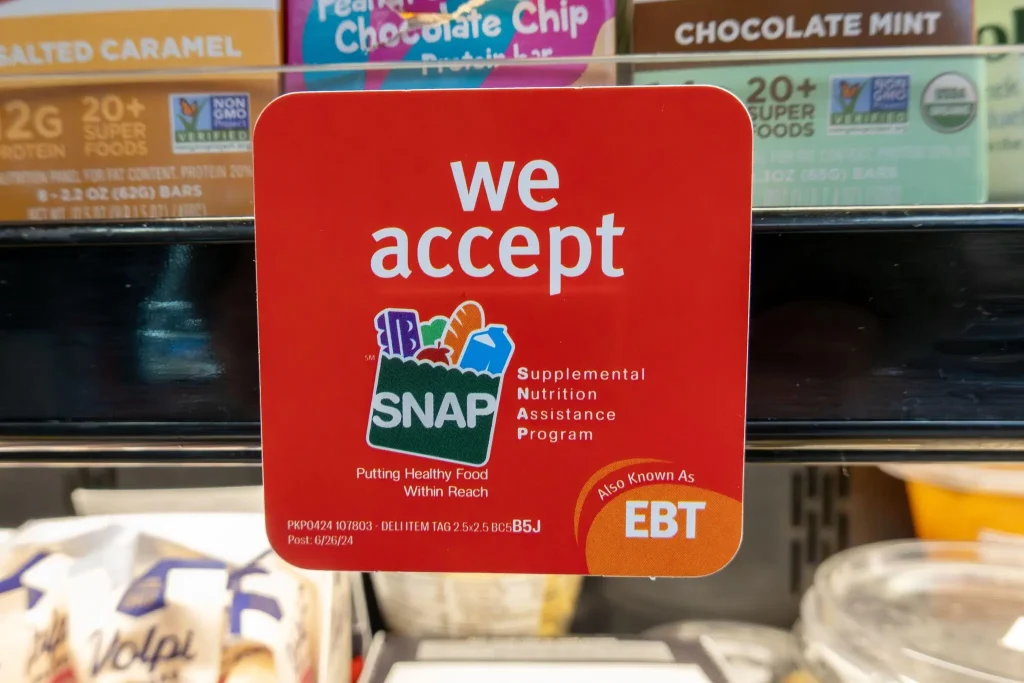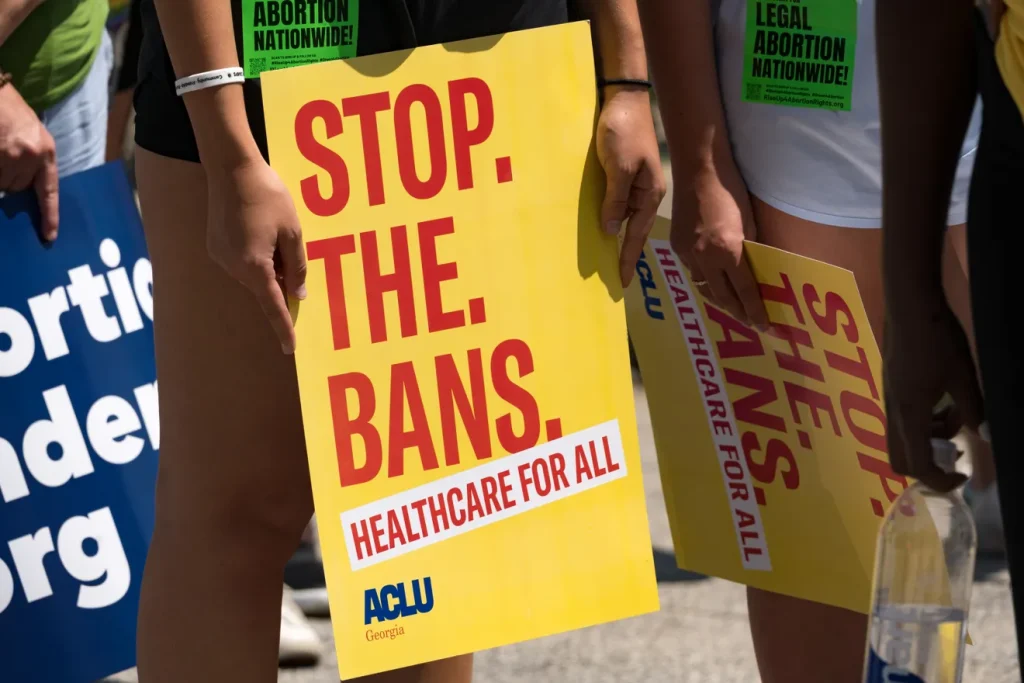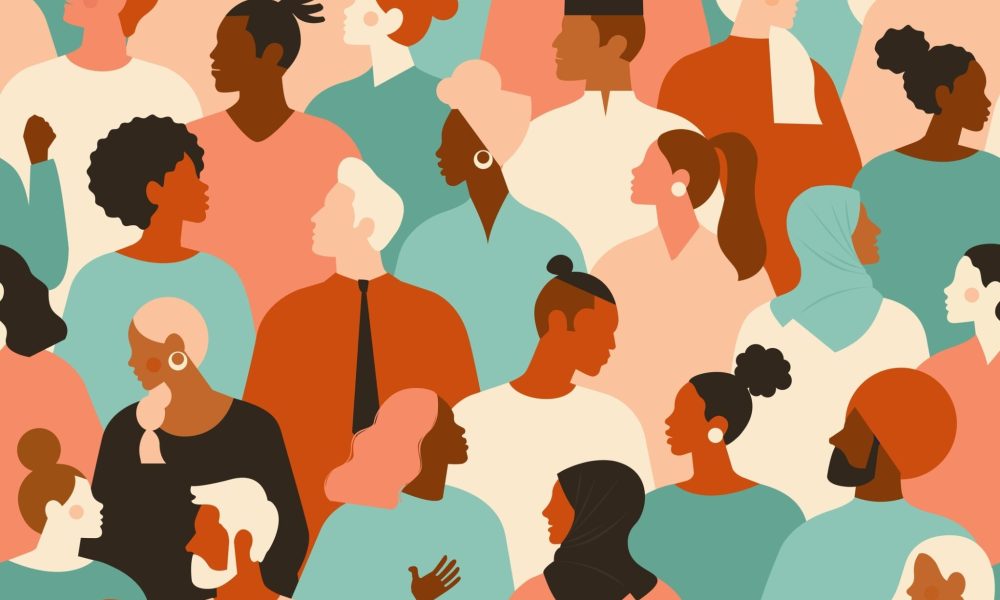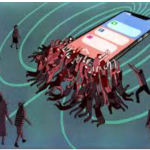When beautiful means brutal: 3 ways this Big ‘Beautiful’ Bill will bleed into communities
The One Big Beautiful Bill (OBBB) is being praised by some as a thorough reform, but its true impact is more harm than good — especially for communities of color. By cutting funding for crucial programs like SNAP and healthcare, and stripping protections from vulnerable groups such as asylum seekers, the bill worsens existing inequalities and puts millions at greater risk. These cuts also target federally funded institutions, like the CDC, EPA, NPR, PBS, and even the DHS. Limiting access to essential health, environmental, and informational resources challenges our democracy by restricting access to reliable information, throwing off the checks and balances system, and leaving minorities unprotected. As a result, marginalized populations have a high probability of experiencing poorer health, food insecurity, and even displacement.

1. Communities of Color
The One Big Beautiful Bill (OBBB) should be considered one of the biggest contradictions in history, promising prosperity and security while proposing cuts to essential welfare programs like SNAP and Medicare, which would harm communities of color immensely. One of the plans the OBBB has is to cut funding to welfare benefits like SNAP (a government-funded program that provides food benefits to low-income families to supplement their grocery budget) and Medicaid (provides health coverage to low-income people.) SNAP users in black households had a participation rate of 36.3% in fiscal year 2022. Non‑Hispanic Black made up 22.7%, and Hispanic individuals made up 29.1% of SNAP recipients, despite being only 11.6% and 19.0% of the U.S. population. SNAP helps more than two million people of color (over 800,000 Black and 900,000 Hispanic individuals) keep food on their tables. Cutting funding to these programs would exacerbate food insecurity among Black and Latinx communities and hinder equity goals.
Asylum seekers within communities of color are also deeply affected by this bill. In recent years, they’ve become scapegoats in American politics—blamed for draining public resources they often can’t even access. Contrary to popular belief, asylum seekers are not even eligible for SNAP benefits until they are officially granted asylum. Once they do gain asylum status, many rely on programs like SNAP to meet basic needs as they begin making a new life. However, under the OBBB, even those granted asylum will lose access to these benefits, along with several other vulnerable groups, including survivors of trafficking, veterans, homeless individuals, and former foster youth. In addition, SNAP cuts will overwhelm local nonprofits and food banks, which many of these same groups already depend on. As more families turn to these community resources, asylum seekers will be pushed further to the margins, losing even more of the limited support and resources they once had.
All of this together adds to the general poor health in communities of color, and these factors make it worse. Gentrification plays a major role in health decline because a rise in food insecurity leads to sickness, like malnourishment and chronic illnesses. With sickness comes the need for medical care, but how are you supposed to see a doctor when your local hospitals are being shut down? It’s a continuous domino effect, where basic needs are pushed further out of reach. Not a great time for minorities.

2. Federally funded programs
Tax cuts to NPR, tax cuts to the EPA, and tax cuts to the CDC. The OBBB is one big tax cut bill; it will cut funding to just about every federally funded program as well as to the U.S. Cabinets. These federally funded programs are part of the backbone holding America together, and without them, we could lose a lot of protection for us and our environment. The Environmental Protection Agency (EPA) is fundamental to protecting human health and the environment through keeping the environment clean and protected. One of the impacts the cuts have had on the EPA is that National parks are at risk of being unprotected and even sold. National parks have become sacred places — not just for wildlife, but for people seeking to explore nature as well. Without protection, these lands may face exploitation. Wildlife will be left vulnerable to extinction, and the public could lose access to one of the places that preserves part of America’s history and ecosystems.
Defunding NPR is a direct violation of democracy. NPR’s mission is to create a more informed public by providing free, accessible, and fact-based content. Cutting its funding doesn’t just limit access to news, it limits the public’s ability to stay informed, form opinions, and speak out. Cutting off that access doesn’t just restrict resources — it also neglects the very foundation of free speech.

The CDC’s 54% tax cut has some very concerning impacts. With these tax cuts, the CDC will struggle to keep enough funding for disease surveillance, outbreak investigations, and data analysis, which all contribute to them being able to detect and contain emerging diseases. These cuts also reduce their ability to analyze public health trends, prepare for future pandemics, and coordinate international disease responses. We may already be impacted by this, as there was a recent virus strain found in Bangladesh called the Nipah virus, which is essentially a more deadly version of COVID. Since the CDC doesn’t have the funding to monitor emerging diseases, we risk Nipah slipping under the radar until a full-scale outbreak occurs, and even then we will not know how to control it.
3. Healthcare
Imagine you are a 32-year-old woman from a low-income household who relies heavily on Medicaid to get insulin, which you could die without. You go to the pharmacy to pick it up, but as you go to pay, you find your co-pay is far higher than it has ever been. The pharmacist tells you that Medicaid no longer covers your prescription, and you will have to pay 500 dollars out of pocket. You are unable to afford that. This may be a hypothetical scenario, but it is the reality for so many people today.

The OBBB has plans to cut 1 trillion dollars from Medicaid, which, according to the JAMA Health Forum, could potentially cause 1,000 additional deaths every year, 100,000 more hospitalizations each year, and delayed care for around 1.6 million people. People are always telling women to have children to prevent population decline, but how about we instead focus on keeping the people already here alive and well? These cuts will trigger a dangerous ripple effect across the entire healthcare system. States facing reduced Medicaid funding may scale back services and reduce eligibility. As a result, people may delay preventative care and end up in overcrowded emergency rooms that hospitals can’t manage due to the severe nursing shortages. This domino effect will be especially brutal in rural areas where Medicaid makes up a large share of hospital budgets and alternative care options are scarce. Medicaid isn’t just a safety net for low-income individuals — it’s a pillar of the healthcare system. When you pull it out, everything else begins to collapse.










